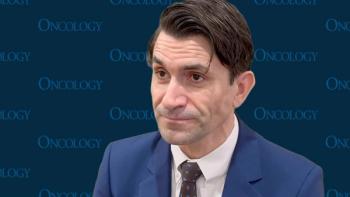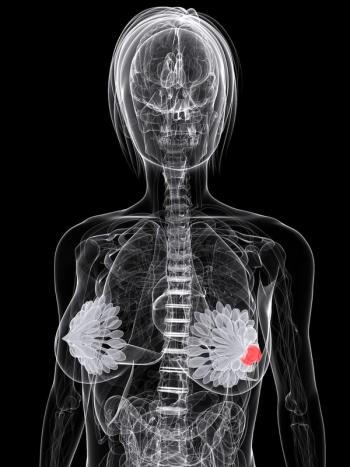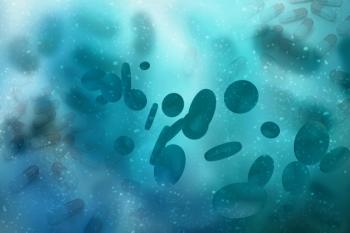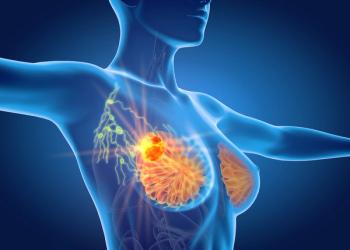
Oncology NEWS International
- Oncology NEWS International Vol 6 No 12
- Volume 6
- Issue 12
Panel Says to Keep Saccharin an ‘Anticipated’ Carcinogen
RESEARCH TRIANGLE PARK, North Carolina-Saccharin just missed winning a reprieve. By a 4-to-3 vote, an advisory panel recommended that the federal government continue to list the artificial sweetener as “reasonably anticipated to be a human carcinogen.”
RESEARCH TRIANGLE PARK, North CarolinaSaccharin just missed winning a reprieve. By a 4-to-3 vote, an advisory panel recommended that the federal government continue to list the artificial sweetener as reasonably anticipated to be a human carcinogen.
The board of scientific counselors of the National Toxicology Program also recommended that the 9th edition of the federal Report on Carcinogens list ultraviolet light as a known human carcinogen, whether the source is sunlight or a tanning bed or booth.
Working under new rules that permit the listing of chemical mixtures as well as single chemicals, the board further urged that smokeless tobacco and inhaled tobacco smoke be added to the list of known human carcinogens. Certain chemicals present in tobacco and tobacco smoke already carry the known designation. The advisory group, however, sought to emphasize that tobacco products as a whole, whether smoked, chewed, or snorted, can cause cancer in humans.
Although the board recommended listing of the antiestrogen tamoxifen (Nolvadex) as a known human carcinogen, it also strongly emphasized that the drugs benefits in preventing breast cancer recurrence greatly outweigh its risks.
In its saccharin decision, the board rejected the advice of the scientific review committees of the National Institute of Environmental Health Sciences and the Interagency Committee Working Group for the Report on Carcinogens. Saccharin was labeled an anticipated carcinogen in 1981 on the basis of animals studies, including a 1977 Canadian rat study.
Among the other recommendations:
- Add to the list of known human carcinogens benzidine dyes, used in textiles, paper, and leather, and strong inorganic acid mists containing sulfuric acid, used in making fertilizers, explosives, and plastics, and in petroleum refining.
- Raise from anticipated to known carcinogen, cadmium, used in batteries; 1,3-butadiene, used in making synthetic rubber; and dioxin, an impurity formed in herbicide manufacture, incineration, and several industrial processes.
- Add as anticipated carcinogens trichloroethylene, an industrial solvent once used to decaffeinate coffee; chloroprene, used in industrial rubber products and in adhesives in food packaging; and phenolphthalein, an ingredient once used in nonprescription laxatives.
Articles in this issue
about 28 years ago
Team-Based Approach to Managed Specialty Careabout 28 years ago
Children’s Art Project at M.D. Andersonabout 28 years ago
Office of Cancer Survivorship Grants Awards for First 20 Studiesabout 28 years ago
Laparoscopic Colectomy May Prove Equivalent to Open Surgeryabout 28 years ago
Advice on Negotiating BMT Service Contractsabout 28 years ago
Komen Debuts New Websites on Breast Cancerabout 28 years ago
‘MDs Too Often Fail to Give Adequate Analgesic Doses’about 28 years ago
Breach of Fiduciary Duty-How to Defend Against Itabout 28 years ago
Survivors Help Women Deal With Breast Cancer Diagnosisabout 28 years ago
University of Utah’s Huntsman Cancer Institute Joins NCCNNewsletter
Stay up to date on recent advances in the multidisciplinary approach to cancer.
















































































